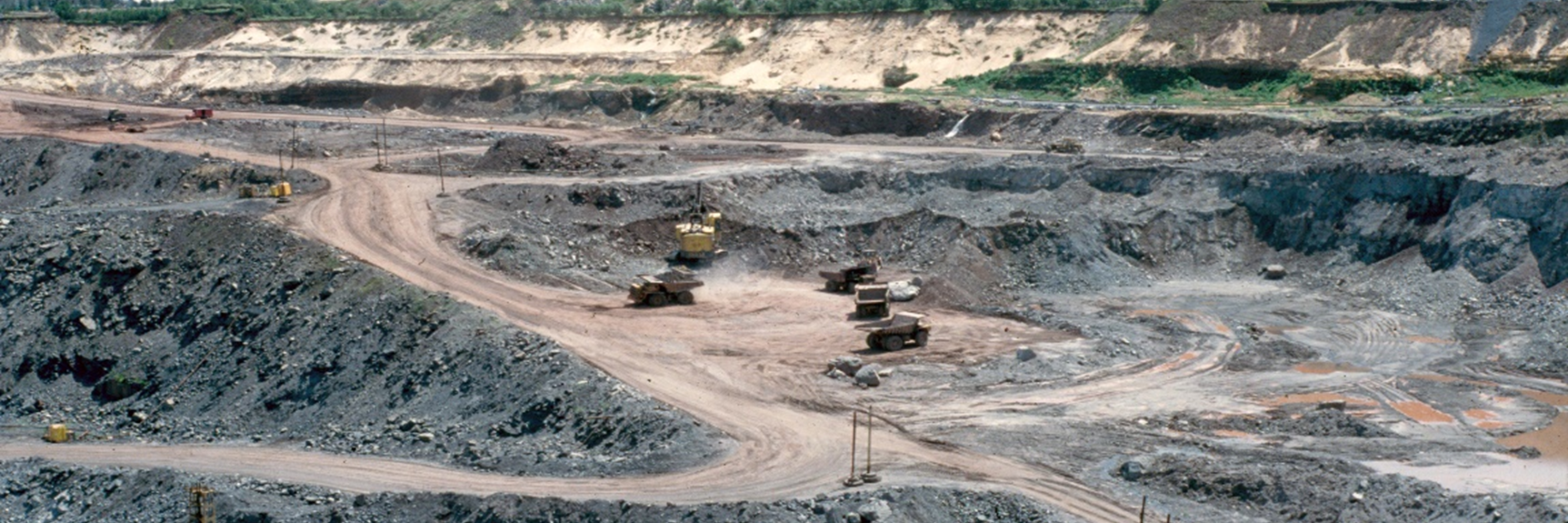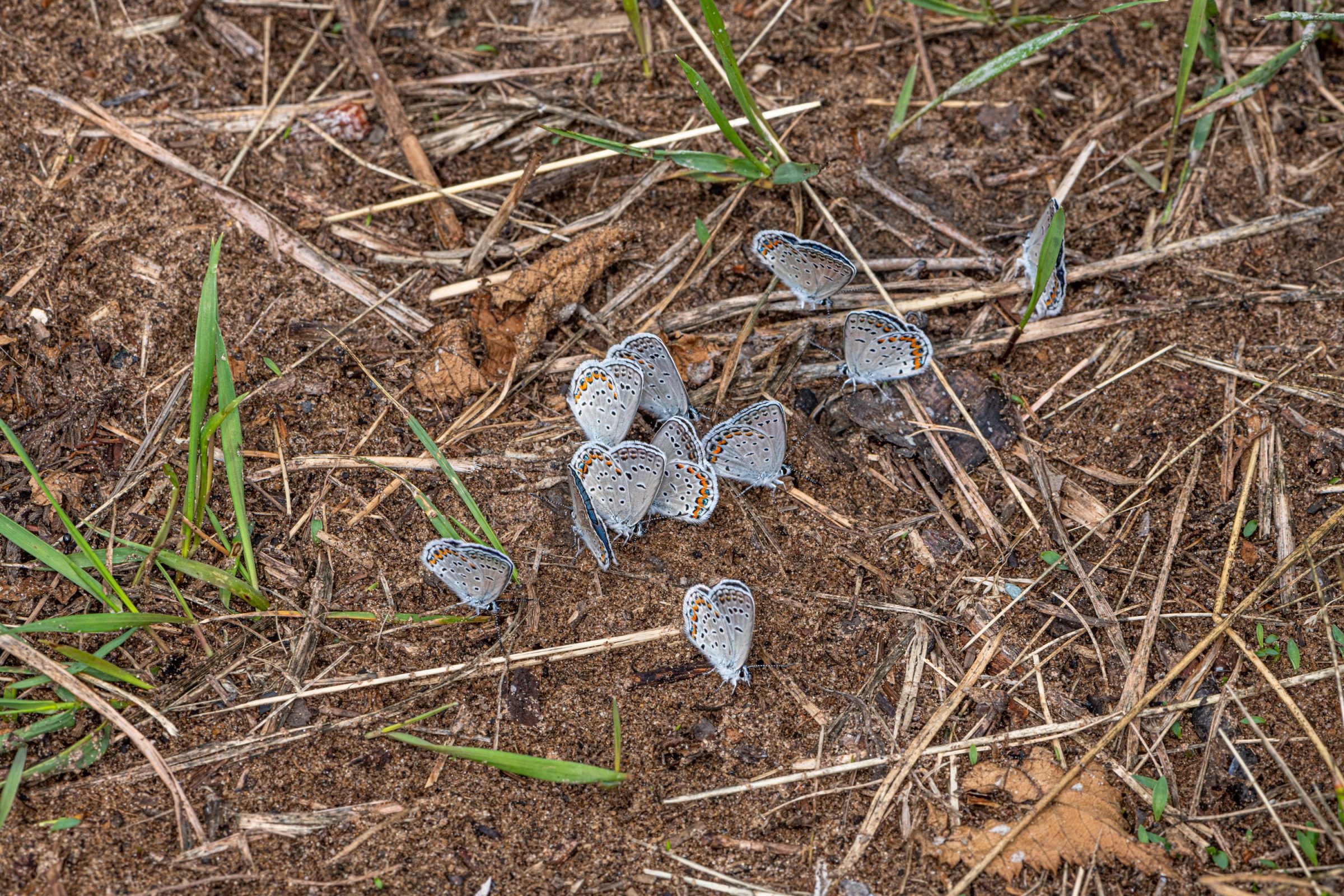Jackson County Iron Mine

PROJECT SNAPSHOT
Project Type
Non-Bank ProjectLocation
Wisconsin | Black River FallsSolution
Natural Resource RestorationEcological Setting
- Grasslands, Prairies, & Upland Forests
- Native Vegetation & Pollinator Habitat
- Soil Health
For more than 20 years, RES provided expert consulting and restoration services to the Jackson County Iron Mine. RES services ranged from permitting to construction of the restoration design, annual maintenance of restored ecosystems and compliance monitoring.
RES assisted in the permitting of an open pit taconite mine that was planned to create a pit nearly one mile long, one-third of a mile wide, and more than 350 feet in depth, centered in Black River Falls State Forest. The project moved toward its ultimate reclamation phase, which commenced long before the mine’s closure.
The ecologically focused restoration plan provided detailed and comprehensive phasing for restoration activities, accommodating ongoing mining activities and the continuing generation of mine wastes. In the early phases of reclamation, RES saw the need for on-site research and developed a native seed nursery on the mine site to propagate local genetic seed stock of native grasses and forbs.
Using this seed source, RES directly seeded a 312-acre tailings basin to create a dry prairie community. Nearly 620 acres of waste-rock dumps were configured and hydro-seeded with native seed stock. Following, the mine’s 43-acre rail yard and processing plant were removed and covered with native sandy soils and restored to prairie.
To stabilize mine wastes and reduce contaminant dispersal, RES used deep-rooted prairie vegetation, which significantly reduced internal leaching and the potential for groundwater contamination.
Restoration techniques encouraged the natural incursion of native plants and wildlife from the surrounding rare plant community known as pine/oak barrens. Because the adjacent state forest encompasses one of the larger Wisconsin populations of the federally endangered Karner Blue Butterfly, RES designed and constructed habitat restoration for this rare species.
Now, a new county park occupies the former mine site. With a 350-foot deep lake, a swimming beach, and an extensive trail system, Lake Wazee has become a vacation destination and a top-rated scuba diving lake.
In all, RES restored 1,340 acres to native prairie and pine/oak barrens, which at the time made it the most extensive restoration in Wisconsin, among the largest mine reclamation projects of its kind in the U.S., and a national model of successful reclamation.

